The preceding two articles discussed the various limitations to range of motion, and the 8 key factors influencing sport performance, respectively. If you missed them, you can check them out here:
Today’s article will build on these by presenting a few simple strategies to assessing and monitoring key performance factors. As a quick review, these 8 major factors were:
- Genetic Capacity
- Movement Capacity
- Physical Capacities
- Technical Skill
- Tactical Abilities
- Fuel State
- Psychology
- Readiness
You can further bucket these concepts by their modifiability and whose responsibility it is to assess and modify them:
- Nonmodifiable: Genetic capacity (although if you eat, live, and train like garbage your epigenetics will express the worst version of you possible…so this can be negatively modified I suppose)
- Sport Coach Modifiable: Technical Skill, Tactical Abilities
- Support Staff Modifiable: Movement Capacity, Physical Capacities, Fuel State, Psychology, Readiness
Because of the positions I work in (Director of Performance at Endeavor Sports Performance, Strength and Conditioning Coach/Manual Therapist for the Philadelphia Flyers Junior Team and Assistant S&C Coach with the US Women’s National Team), I tend to focus on those that fall within the “Support Staff Modifiable” column, as these are the ones I have the ability to influence. Below is a list of assessments that can be used for each of these categories:
Movement Capacity: Selective Functional Movement Assessment (SFMA), Functional Movement Screen, Postural Restoration Institute (PRI) tests, Y-Balance Test, traditional orthopedic assessments for range of motion (We use seated hip rotation, lying shoulder rotation at 90° abduction, FABER, Quadruped Rock, Craig’s Test, and Seated T-Spine Rotation). Within these options, SFMA is most appropriate for an individual in pain, whereas the FMS is more suitable for individuals not in pain to get a basic assessment of movement quality. I believe PRI has value within both of these circumstances. The traditional orthopedic tests mentioned above are largely encompassed with the SFMA “breakouts”.

An outstanding tool to get a quick glimpse of how people move and to pre-qualify them for certain exercises.
Physical Capacities: Vertical Jump, Broad Jump, Lateral Bound, Multiple-Jump Tests, Olympic Lifting Variation 1-3 RMs, Major Lift 1-10+ RMs, Continuous Conditioning Tests (e.g. 12-Minute, 6-Minute or 2-Minute Run, Bike or Swim), Intermittent Conditioning Tests (Yo-Yo Intermittent Recovery Tests, Beep Tests, Repeat Shuttle Tests, etc.), and Cardiac Parameters (General: Resting Heart Rate, Heart Rate Variability; During the Test: Average Heart Rate, Maximum Heart Rate, 60s Heart Rate Recovery).
Fuel State: This is tougher to measure without blood, urine, and/or saliva tests, but a 3-Day Food Log will give you a pretty good indication of what the athletes are eating on a regular basis.
Psychology: I’m sure there are a lot of these out here, but I like the “Grit Scale” questionnaire from Angela Duckworth at UPenn.
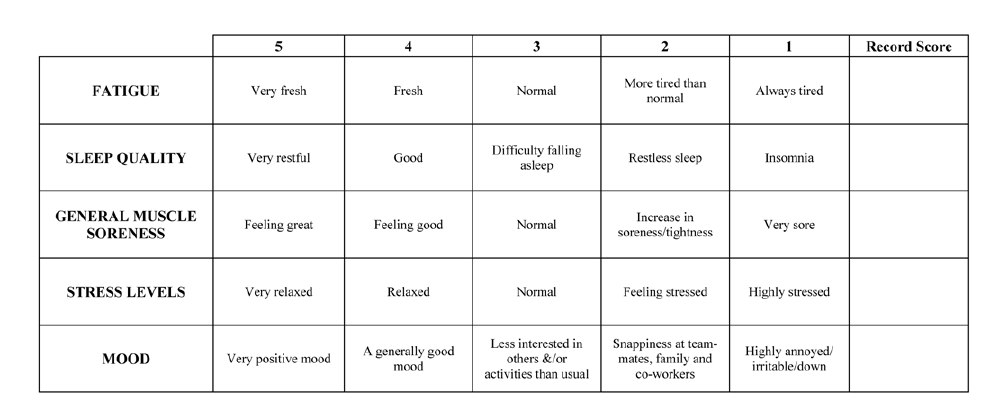
This is a great questionnaire stemming from the research of McClean & Coutts (International Journal of Sports Physiology and Performance, 2010) that Patrick Ward introduced me to. There are plenty of others, including the “Profile of Mood States”, that have some merit.
We don’t use all of these at Endeavor, primarily because we don’t have the budget for certain pieces of technology and/or because some of these assessments are redundant. I don’t think it’s necessary to perform the world’s most comprehensive testing battery with every athlete. I do, however, think it’s worth the time and effort to do enough that you can identify outliers and red flags.
Wrapping Up
One of my inspirations for writing this series stems from several conversations I’ve had with athletes and coaches over the last few weeks about why they (or their athletes) aren’t able to perform up to some desirable standard. Sometimes the answer lies in not possessing the necessary movement or physical capacities, in which case there is likely a training solution. Often times there are underlying nutrition/lifestyle causes for droughts in performance or a failure to maintain a high level of play consistently throughout a single event or across multiple events within a fairly short amount of time (e.g. a week or weekend). Insufficient or inappropriate fueling, for example, can mask itself as poor conditioning. Poor sleep quality can mask itself as “overtraining”.
The big take home message here is that if you don’t have some means of assessing these buckets, you don’t really have a way to identify whether someone is trending in a positive or negative direction for any of the individual factors. It can be easy to identify decreasing performance, but the goal is never to just point out when someone is playing poorly; it’s to make targeted adjustments to help get them back on track. Utilizing a few basic assessments can provide extremely valuable information to identify the primary factors contributing to performance plateaus or decreases, and therefore provide a foundation for making the necessary changes to improve performance moving forward.
To your success,
Kevin Neeld
OptimizingMovement.com
UltimateHockeyTraining.com
Please enter your first name and email below to sign up for my FREE Athletic Development and Hockey Training Newsletter!
Get Ultimate Hockey Training Now!
“…an extremely rare comprehensive look at the present state of ice hockey training.”
“…a must-have for coaches and strength professionals at all levels of hockey.”
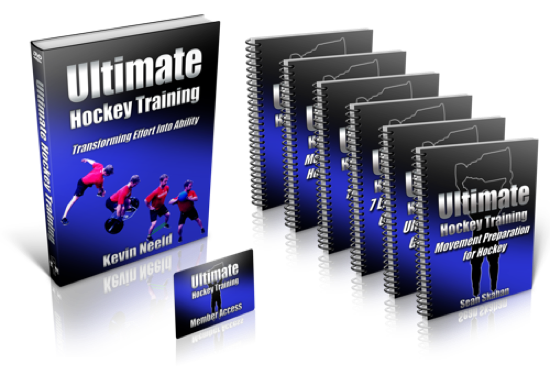


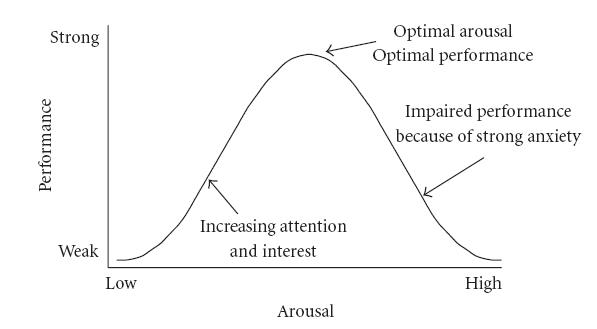


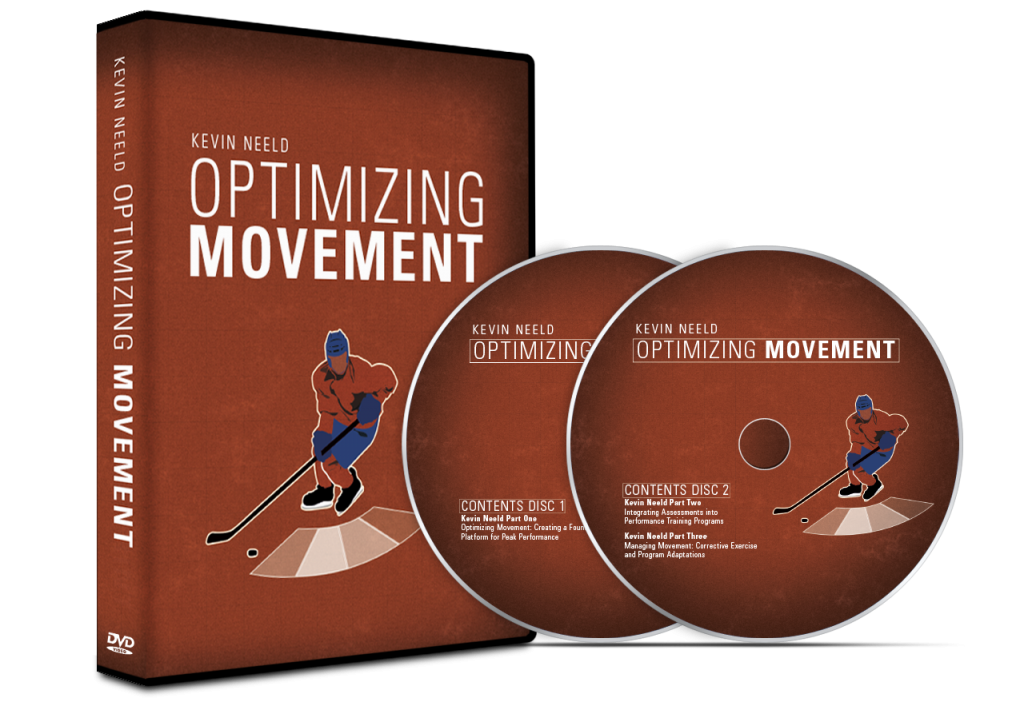
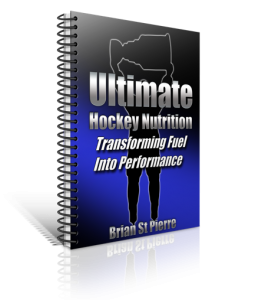
 Use CODE: "Neeld15" to save 15%
Use CODE: "Neeld15" to save 15%